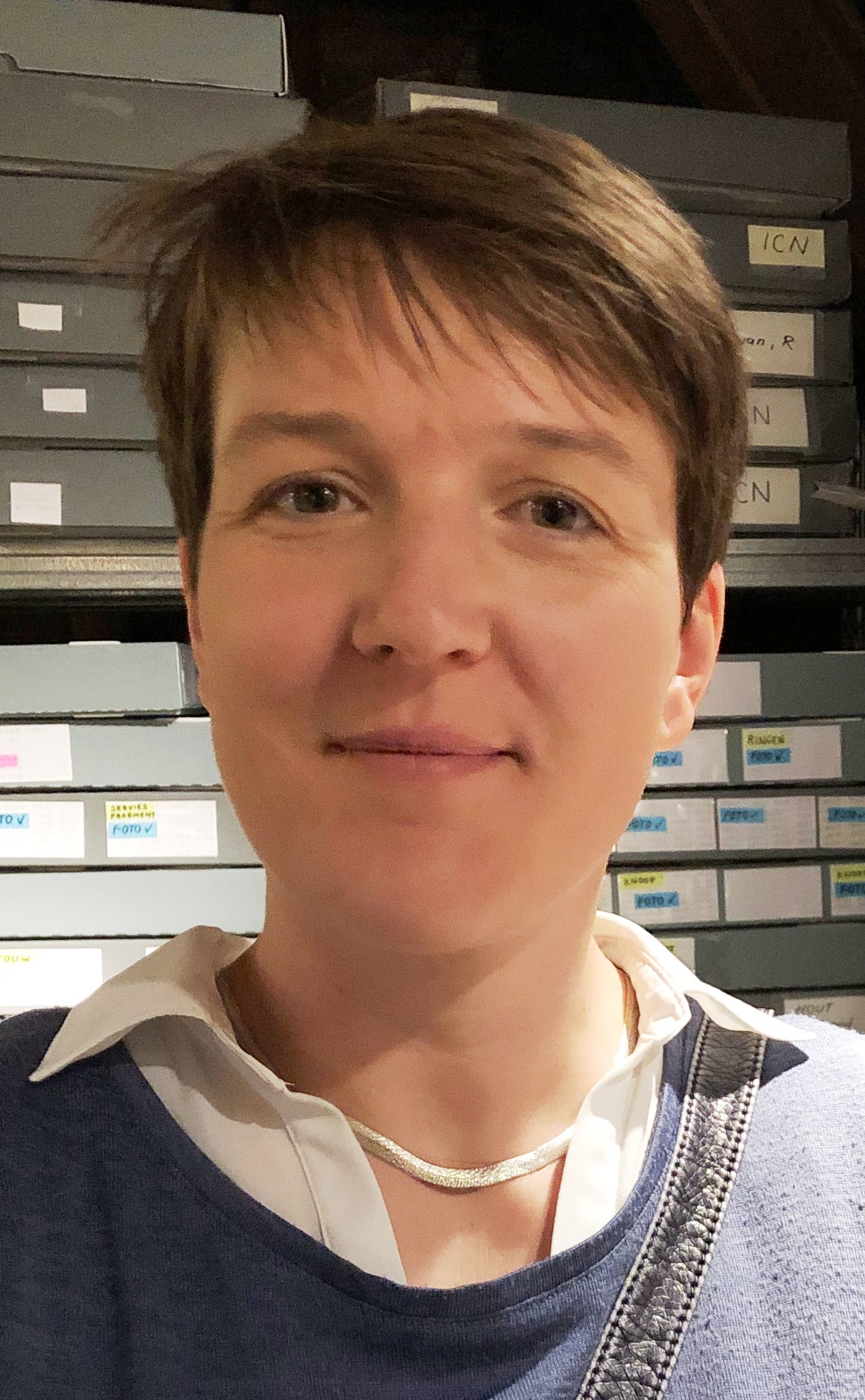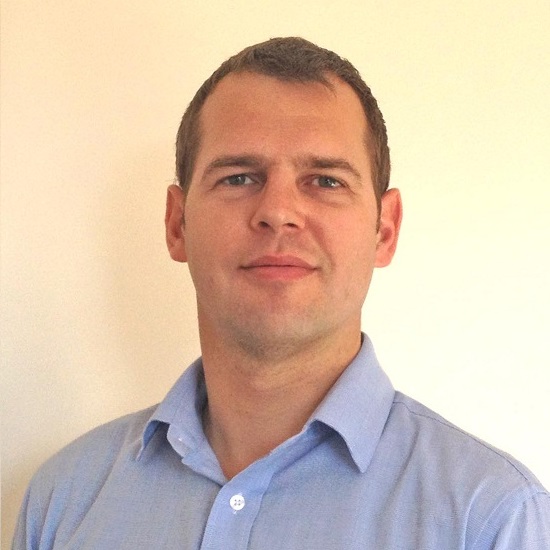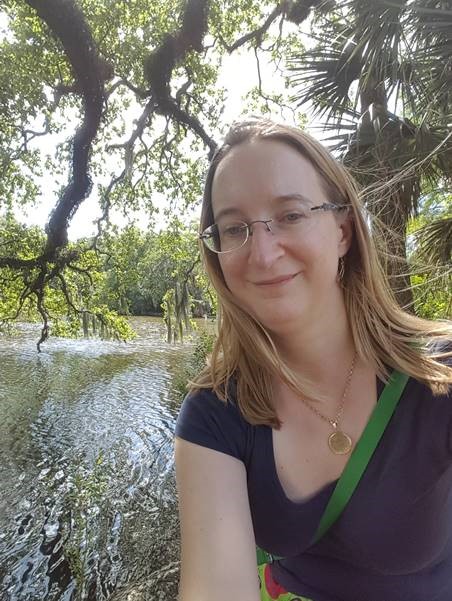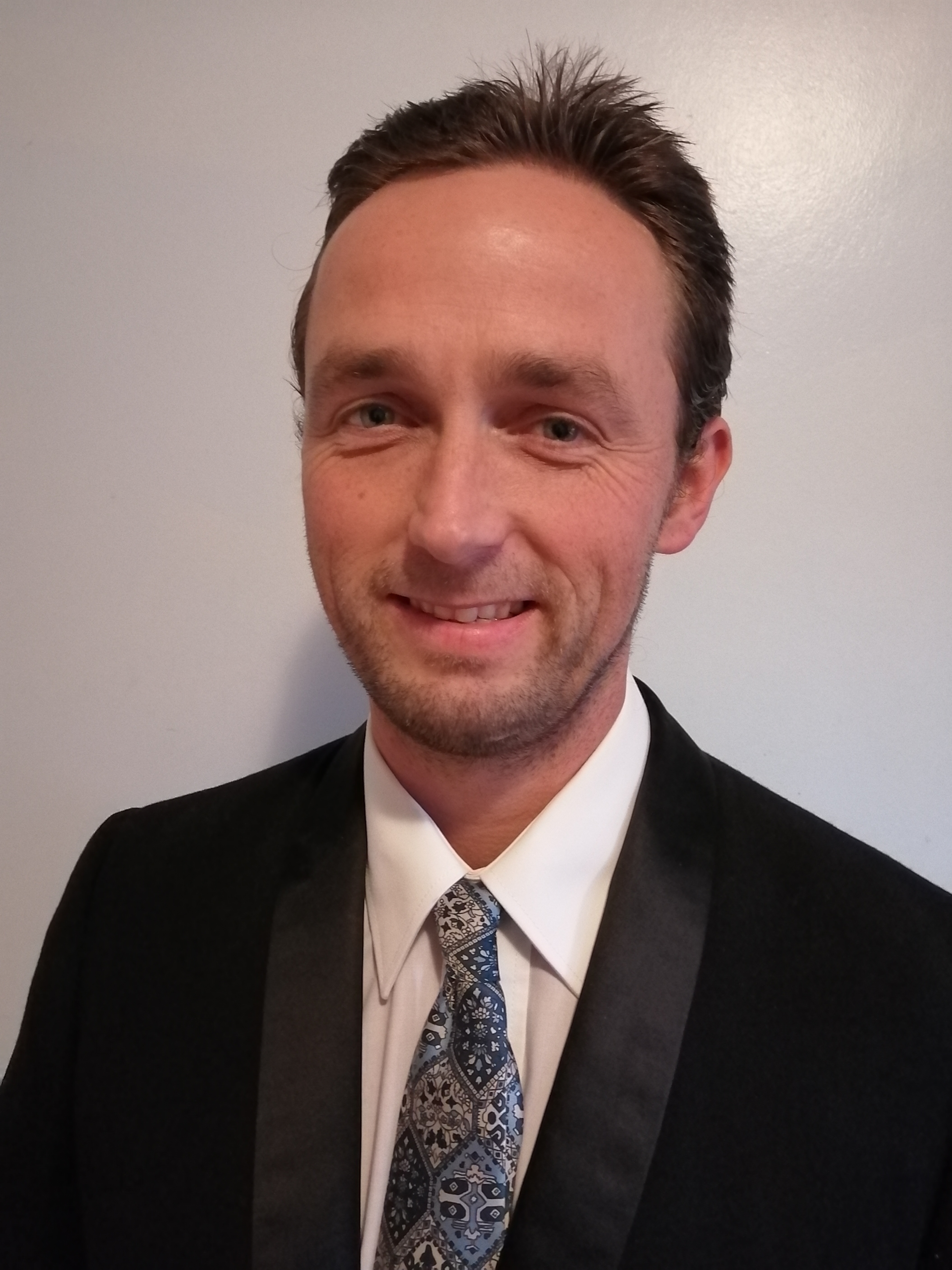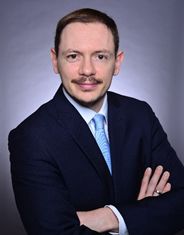New X-ray Technologies and Future Advances
"X-ray Tomography for the Life Sciences at Diamond Light Source"
Dr Liz Duke, Diamond Light Source
Liz has a degree in physics from the University of Birmingham and a D.Phil. in Molecular Biophysics from the University of Oxford in which she focussed on the on the use of Laue crystallography for time resolved macromolecular crystallography. On completing her D.Phil she took up a post doc positio...
Liz has a degree in physics from the University of Birmingham and a D.Phil. in Molecular Biophysics from the University of Oxford in which she focussed on the on the use of Laue crystallography for time resolved macromolecular crystallography. On completing her D.Phil she took up a post doc position at the Synchrotron Radiation Source at Daresbury Laboratory in Cheshire to work on the development of multiwavelength anomalous dispersion (MAD) techniques for macromolecular crystallography (MX). She remained at the SRS, becoming a beamline scientist and then a senior beamline scientist building a number of beamlines and spearheading many technical developments including the implementation of the first graphical user interface for MX data collection, establishing data collection with CCD’s and starting a project to automate the beamlines before the bright light of the Diamond project lured her south and back to Oxfordshire.
At Diamond Light Source Liz built the three MX beamlines that formed the life science component of Phase 1 of the construction project. Following their completion Liz had a carpe diem moment and grabbed the opportunity to develop a beamline for the emerging technique of cryo soft X-ray microscopy for biology – a project which involved designing and building the beamline in parallel with developing sample preparation, data collection and analysis protocols. Having recently handed over the reins of that beamline to others Liz is now exploring the possibilities for using hard X-rays in the study of soft biological tissue.

